Bohemian Fashion Style: History and Boho Aesthetics
Creative, Relaxed, Free-Spirited, and Unconventional!
Bohemian style (also known as boho fashion or boho chic) is an alternative type of fashion style that was made popular by the "hippies" in the 1960s and 1970s. Retro patterns, flowy, unstructured silhouettes, natural fabrics, attractive hippie-inspired prints and patterns, oversized sunglasses, earthy shades, headbands, open-toed sandals, and statement accessories were some of the characteristics of the bohemian style.
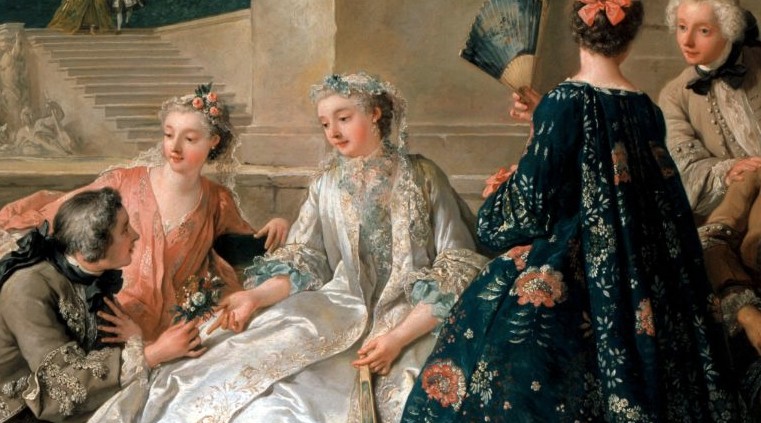
More than 200 years ago, the term bohemian signified an exotic fashion style, generally associated with the artists of that era, as well as writers and eccentric intellectuals.
Bohemian is a culture in its own right!
Bohemian style is much more than just a fashion trend. Bohemian is a culture on its own, one that is associated with a specific ideology and complicated history. The bohemian fashion represents an ideology that presents a substitute for the traditional way of dressing, combined with a more progressive, free-thinking lifestyle and a social standpoint against everything from materialism to society's restraints.
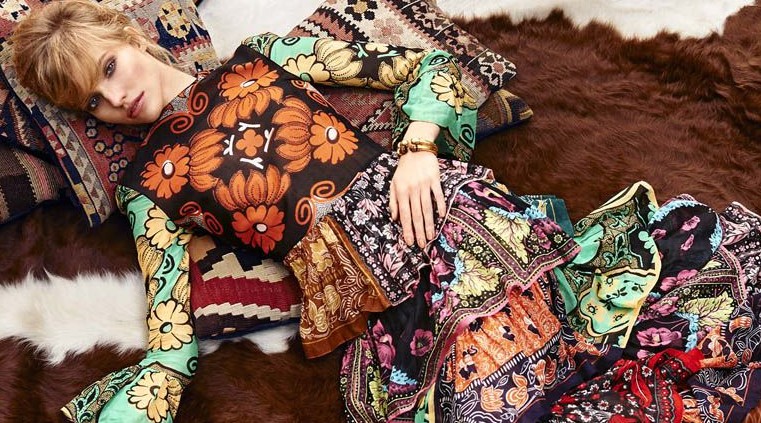
While the boho style is closely and strongly associated with the hippie style of the 60s and 70s, these days, bohemian style has become a part of the mainstream culture. However, the fact remains that bohemian fashion actually commenced as a counter-culture back in the 18th century.
The History of the Bohemian Fashion
Bohemian style has a long, fascinating and rich history. The Boho culture moved from the streets of France to UK and finally to the US before emerging as a global phenomenon. Let's dive into detail about this vibrant boho style and culture back to its very roots.
The Humble Beginnings
The Bohemian fashion movement began in the artistic streets of Paris towards the end of the 18th Century. It originated in France after the end of the French Revolution. Back then, several artists such as writers, musicians, painters, and creative people were forced to live a hard life of poverty as they were deprived of the royal patronage of the affluent French royalty and aristocrats. These sad and pathetic economic conditions forced the artists to adopt a simple life that was minimalistic. Thus, artists of that era began wearing old and used clothing. Even when the economic crisis struggled towards recovery, the artists kept expressing their creativity through clothing in artistic and quirky ways.
Why were they labelled as 'Bohemian'?
As this new group of artists dressed in a peculiar way, the common public initially compared them to the nomadic gypsies who had their origins in the Balkan area of Eastern Europe, in a place known as 'Bohemia'. In the beginning, the French society described the term 'Bohemian' in a belittling manner pointing toward the ethnic Romani population. However, over a period of time, the term 'bohemian' became a synonym with a counter-culture, associated with free-spirited artistic expression, eccentric dressing style as well as disregard for mainstream, social restraints.
The Romantics and French Bohemians - Early 19th Century
Towards the middle of the 19th century, the Romantics (intellectuals who stressed the significance of aesthetics and emotions in art, literature and music) got connected with the French Bohemians. Both the groups began merging medieval elements, free-flowing garments, gipsy-inspired accessories, hair accessories, weathered fabrics and colourful materials into their dressing style. This style was drastically different from the mainstream fashion of that period.
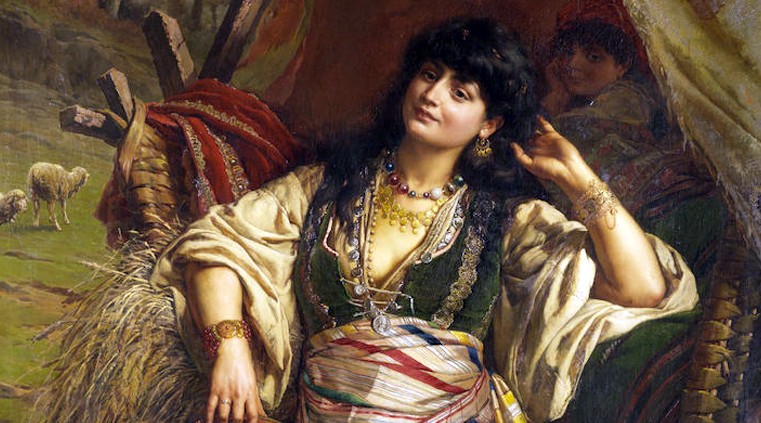
The Aesthetic Movement - Late 19th Century
Over a period of time, Bohemians style evolved in interesting ways. What started as a necessity eventually became an ideology - one against social norms, and materialism. As the 19th Century was coming to an end, the Aesthetic movement emphasized upon free expression. The Bohemians participated in the Aesthetic Movement which raised a voice against the tightly constricted corsets and crinolines (stiff or structured petticoat) of that period in favor of flowy dresses. As time progressed, the followers of the Aesthetic Movement adopted a new style of clothing that emphasized upon medieval-inspired designs, oriental patterns and motifs, hand embroideries, and loose fits.
The Hippie Culture and the Bohemian Fashion - Post 1960'S
In the 1960s, the Bohemian fashion movement took on a new meaning altogether, one that changed how we view fashion. The Hippie Culture in the US rejected the conventional lifestyles and whole-heartedly embraced the free-spirited Bohemian style that eventually gave birth to the boho fashion that we know today!
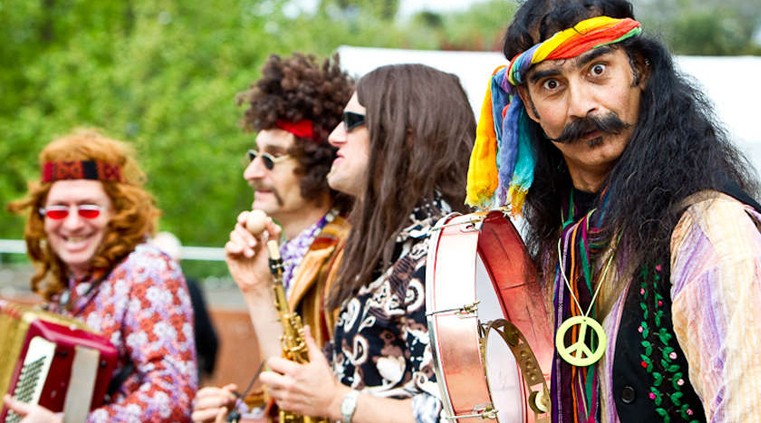
The hippies discarded everything from suffocating social norms, mainstream values to materialism, and began expressing their individuality with free-flowing dresses, headscarves, embroideries, vibrant fabrics and flared silhouettes. The hippies also wore oversized sunglasses, boots, handmade junk accessories, and jewellery that consisted of beaded embellishments and tassels.
Bohemian Style in the Present Times
In the present times, the boho style of clothing has become a phenomenon, one that follows the lines of relaxed fashion, with its loose-fitted clothing, junk jewellery, and overall artistic blending of various elements of boho-chic aesthetics.
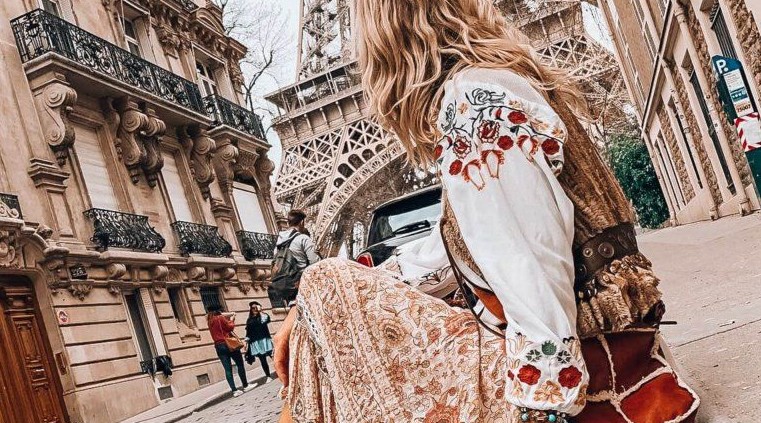
To put it simply, the boho style combines the retro elements of the hippie culture and bohemian fashion and alters it to a more contemporary look. Thus, the bohemian clothing retains the relaxed vibe while incorporating the urban elements of today's times.
What are the aesthetic elements of boho style?
Over the course of its 200-year-old history, bohemian fashion evolved considerably. However, there are various inevitable aesthetic elements that define boho fashion.
The Colours Palette
The Bohemian colour palette includes earthy, rich colors such as maroons, deep yellows and greens, and neutral shades such as beige, pastels and browns.
Sister shades or cousin shades (different shades of the same color) are frequently mixed together in a boho outfit. For instance, three shades of brown such as maroon, terracotta, or caramel colour are mized together. Likewise, fours shades of blue such as sky blue, navy blue, turquoise, and steel blue are blended together. Avoid fluorescent or neon colours as they go against the earthy, natural shades.
Silhouette
The bohemian fashion is all about feeling comfortable and be at ease. Boho style features loose, flared, free-flowing silhouettes and relaxed fits that can be flowy, flouncy maxi dresses, wide-sleeved tops, mixed print skirts, and lounge pants.
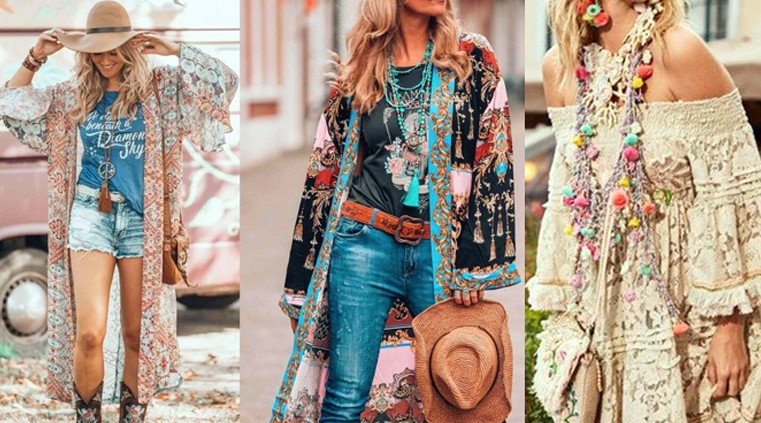
Materials
When it comes to boho-style, comfort is the key! Bohemian garments are made with comfortable, soft and natural fabrics such as chiffon, cotton, suede, denim and leather.
Stunning Embellishments
Bohemian outfits feature a variety of eye-catching embellishments such as beadwork, hand-embroidery, studs, pom-poms, applique work and attractive tassels.
Boho Chic Patterns
Boho outfits incorporate attractive, bold patterns such as tribal patterns, floral prints, tie-dye patterns, and paisley prints.
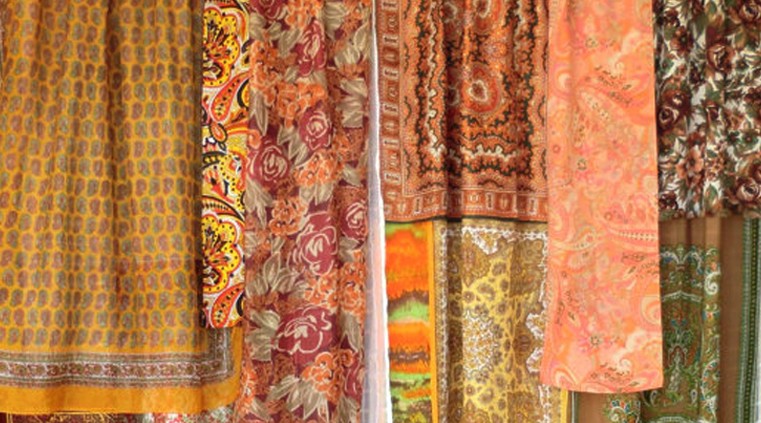
Boho Techniques
The followers of the Bohemian fashion generally use handmade techniques in order to create their unique, quirky outfits. Intricate lacework, patchwork for bags and clothing and macrame (textile art form of knotting) lend boho clothing a unique, eccentric element.
Boho Icons of the Past
Juliette Greco (1950's): The French actress and singer, Juliette Greco, was known for her love for oversized baggy clothes, and golden footwear. Due to her quirky dressing sense, she became a huge boho influence in France and all over the world.
Talitha Getty (1960's): An Hollywood actress, and socialite, Talitha Getty was a style icon whose boho-chic sensibility still influences fashion designers even today. With women's pants, vibrant maxi dresses, broad-brimmed hats, colourful kaftans and knee-length boots, Talitha Getty personified the artistic Boho Hippie aesthetics.
Janis Joplin (1970's): American singer and songwriter, Janis Joplin (one of the most successful female rock stars of her era), made the boho-chic fashion style hugely popular with her long beaded necklaces, vibrant bracelets, trendy headwear and oversized round sunglasses.
Bohemian Style and Icons in the Present Times
While innumerable celebrities across different eras have adopted the bohemian style with panache and contributed to its evolution, a few among them have shaped the boho aesthetics in a significant manner.
Among the various celebrities who welcomed this unique sense of style, the most well-known among them in present times is a British model and businesswoman Kate Moss and American-British actress, Sienna Miller who embraced this style. In fact, in the present times, both these Hollywood celebrities have been regarded as boho-chic icons for the amazing way in which they pull off the boho vibe.
Conclusion
What began as a counter-culture 200 years ago, became mainstream culture and is now being celebrated across the world for its distinctive style. Bohemian style is all about expressing yourself without restraint in creative ways and embracing your individuality. Bohemian fashion is a melting pot of different prints, materials and cultures around the globe. Boho style is more than just a fashion craze, it is a free-spirited lifestyle!
Latest Posts
Categories
Tags


 +1-403-351-7777
+1-403-351-7777














